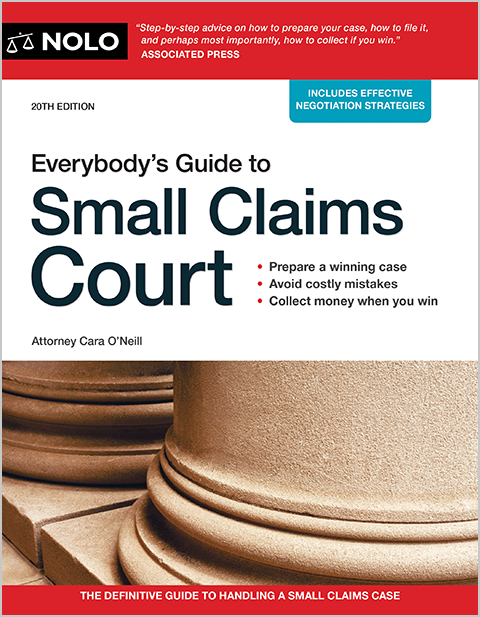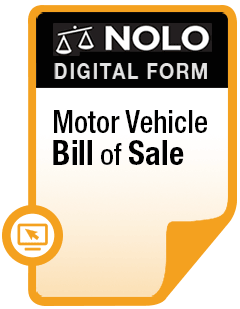If you suspect that the other driver is faking their car accident injuries, or that their claim is otherwise fraudulent, what can you do?
It's a fact that some people make fake injury claims after car accidents. If you suspect that another person's car accident injury claim is baseless (or that they're downright faking an injury), you have options. Let's look at the basics of fraudulent car accident injury claims, why whether or not you're insured is the key factor if you think you're facing a fraudulent car accident claim, and more.
How Common Are Fake or Fraudulent Car Accident Claims?
Car insurance fraud is a big deal, and its costs are eventually passed on to consumers when they're buying a car insurance policy. Auto insurance fraud can include everything from staged car accidents to the "crash and buy" scenario, where someone buys car insurance after they're in an accident, and try to claim that the crash happened after they were already insured.
Of course, faked car accident injuries are also a type of car insurance fraud, and if fake injuries are the basis for a car accident lawsuit, that's a form of fraudulent or frivolous litigation. In this article, we'll focus on car accident injury claims (insurance claims and otherwise) that are fake or exaggerated.
If you think another driver or passenger's car accident injury claim is fake, the extent to which you'll personally be affected mostly depends on whether you have adequate car insurance coverage in place.
If Someone Files a Claim for Fake Car Accident Injuries Against Your Car Insurance
If you have car insurance, and the other driver or a passenger is making a claim against that coverage (specifically, your liability insurance) that's known as a third-party car insurance claim.
In this situation, the insurance adjuster handling the third party claim will take charge of the matter, and will investigate all aspects of the car accident, including any indication that the other is making a fraudulent claim for car accident injuries.
All you need do is be sure you give the insurance adjuster all of the information you have about the accident and anything related to it. That includes:
- your most detailed account of how the crash happened
- the names and contact information of anyone who witnessed the accident and/or its aftermath, and
- any pictures you might have taken of the car accident scene. (Get more details on steps to take after a car accident.)
After that, the adjuster is in charge, and there is nothing further you need (or should) do. Insurance companies are nothing if not thorough in ferreting out fraudulent or questionable personal injury claims—it's their money on the line, after all.
Will My Car Insurance Company Act In My Best Interest?
If your interest is in keeping the other driver/passenger from making a fraudulent injury claim, then the insurance company's interest aligns nicely with your own. As we touched on above, it's the insurance company's money on the line, and they're going to do everything they can to make sure the "injured" person's claim is a valid one.
Will My Car Insurance Go Up If Someone Makes a Fake Car Accident Injury Claim?
Your insurance premium shouldn't go up based on the existence or severity of another driver or passenger's injuries after a car accident. This is an issue of the nature and extent of a claimant's losses related to a covered accident, not liability for that accident. If you're convinced that the other driver is wrongly claiming that you were at fault for the accident, that's a different situation. Learn more about disputing fault after a car accident.
If Someone Sues You for Fake Car Accident Injuries and You Don't Have Car Insurance
If you're in a car accident and you don't have car insurance, you (and/or your lawyer) must take the lead in investigating and defending against a possible fraudulent injury claim.
You can start by writing down everything you can remember about what happened at the car accident scene, including:
- how the collision occurred
- approximately how fast each vehicle was traveling at the time of impact
- the severity of the impact
- what each person involved in the crash said afterward
- how each person involved in the crash looked/acted afterward, and
- injuries/symptoms that were reported or complained of by anyone involved in the crash.
If you took pictures at the car accident scene, got the names of witnesses, and had a law enforcement officer come to the scene so that a police report could be prepared, all of that evidence will be essential to fighting a fraudulent car accident injury claim. (Get tips on what you can do if you disagree with the car accident police report.)
You're on the Financial Hook If You're Uninsured
If you're uninsured, and the other driver files a personal injury lawsuit against you, then you could be financially responsible for all of that person's losses resulting from the accident ("damages"), including their medical bills, their lost income, and their mental and physical "pain and suffering". So a fake or greatly exaggerated injury is very much your concern.
Online Research Can Uncover a Fraudulent Injury Claim
You have some detective work to do if you think the person is faking their injuries. Besides building a case through witnesses, pictures, and the police report, you can go online.
Your goal is to try to uncover evidence of the person acting in a manner that is inconsistent with their claimed car accident injuries. Google, Facebook, Instagram, and other sites are excellent investigative devices, especially if the injured person has a significant social media presence, and is in the habit of posting lots of textual/visual evidence of his or her daily life.
For example, if you learn that the other driver is training for a half-marathon, or that they just spent a weekend building houses for Habitat for Humanity, proof of participation in activities like that can indicate that a claimed severe knee injury is being faked.
Hire an Investigator to Prove a Fraudulent Car Accident Injury Claim
While it could be risky, some parties to a personal injury lawsuit (or investigators hired by personal injury lawyers) have been know to do a little in-person sleuthing when they suspect that an injury is being faked or exaggerated (without confronting the person, of course).
The goal here is to observe (and possibly record) how the "injured" person looks and acts. Are appearances and activities consistent or inconsistent with the claimed injuries? An investigator is usually free to take photographs/video as long as they (and the "injured" person) are on public property at the time.
Talk to a Lawyer If You're Being Sued for a Fake Car Accident Injury
Ultimately, if the other driver is suing you, and you and your lawyer are convinced that the claim is fraudulent, your best course of action may be to let the car accident lawsuit process play out until the time comes to ask the court to order the other driver (the plaintiff) to submit to an independent medical examination (IME). If the court grants this request, then the true nature and extent of the plaintiff's injuries should become clear.
If it turns out that the plaintiff's claimed injuries can't be medically substantiated, there's a chance that the lawsuit could be dismissed, and if the lawsuit is deemed "frivolous," the defendant might be ordered to pay you for the cost of defending the case.



